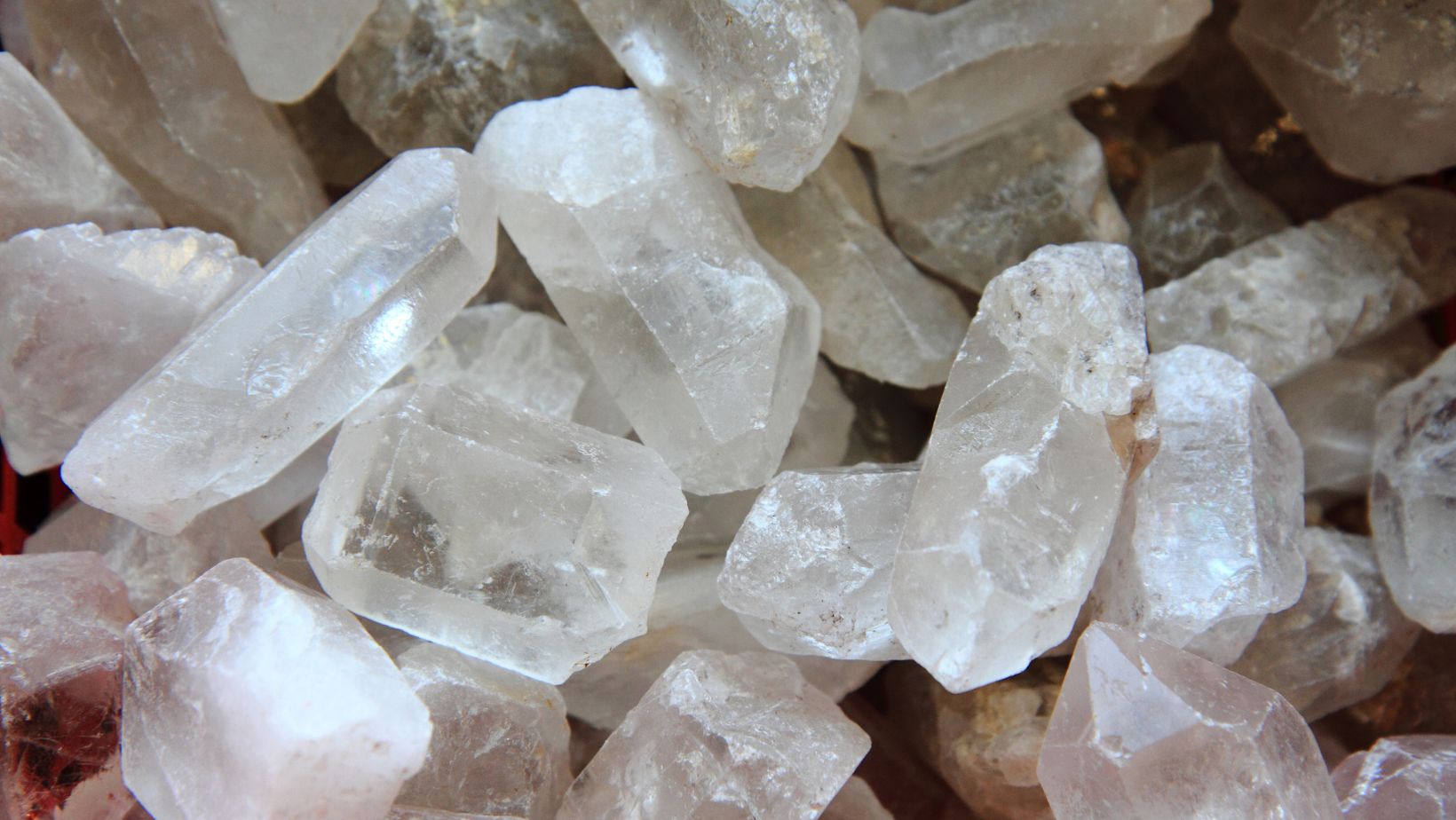Quartz crystals, although often mistaken for a solid due to their rigid structure, are actually classified as solids. Their unique atomic arrangement gives them the ability to vibrate at a specific frequency when an electric current is applied. This property, known as piezoelectricity, makes quartz crystals invaluable in various applications such as timekeeping and electronic devices.
How Is a Quartz Crystal Not a Solid or a Liquid?
Structure of Quartz Crystal
Quartz crystal possesses a unique atomic structure that sets it apart from other substances. It is classified as a crystalline form of silicon dioxide (SiO2) and is composed of interconnected SiO4 tetrahedra. These tetrahedra give quartz its characteristic hexagonal shape, with six sides and pointed ends.
The arrangement of the SiO4 tetrahedra within the crystal lattice creates a well-ordered structure. This internal organization gives quartz its remarkable stability and hardness, making it one of the hardest minerals found in nature. In fact, on the Mohs scale of mineral hardness, quartz ranks at an impressive 7 out of 10.
Optical Properties of Quartz Crystal
One fascinating property of quartz crystal lies in its optical characteristics. When light passes through a quartz crystal, it undergoes a phenomenon called birefringence or double refraction. This means that the light splits into two polarized beams traveling at different speeds within the crystal.
Due to this property, quartz crystals can be used as components in various optical instruments such as microscopes and polarimeters. They are also employed in electronic devices like watches for their ability to generate precise oscillations when subjected to an electric current – thanks to their piezoelectric properties.
Piezoelectricity in Quartz Crystal
Piezoelectricity refers to the ability of certain materials to generate an electric charge when subjected to mechanical stress or pressure. Quartz crystal exhibits strong piezoelectric properties due to its intricate atomic arrangement.
This unique feature makes quartz crystals invaluable in numerous applications ranging from scientific instruments and ultrasonic technology to everyday items like cell phones and musical instruments. For instance, they are utilized as sensors in accelerometers for measuring movement or vibrations accurately.

Understanding the Solid State of Matter
Quartz Crystal: A Unique State of Matter
When we think of solids, we typically imagine materials with a fixed shape and volume. However, quartz crystal challenges this conventional understanding. It is classified as a solid state of matter but possesses some intriguing properties that set it apart from other solids.
Quartz crystal is composed of silicon dioxide (SiO2) arranged in a crystalline lattice structure. This arrangement creates a repeating pattern at the atomic level, giving quartz its characteristic symmetry and clarity. Despite its rigid appearance, quartz crystal exhibits unique behaviors that make it different from traditional solids.
Exploring the Atomic Structure of Quartz Crystal
To understand why quartz crystal is considered a solid state of matter, let’s delve into its atomic structure. The atoms in quartz are tightly packed together in an orderly manner, forming a three-dimensional network known as a lattice. This arrangement ensures minimal empty space between atoms and provides structural stability to the material.
The silicon and oxygen atoms in the lattice are held together by strong chemical bonds called covalent bonds. These bonds result from the sharing of electrons between neighboring atoms, creating an interconnected network throughout the crystal structure. It is this bonding that gives quartz its hardness and durability.
Understanding the Vibrational Behavior of Quartz Crystal
Although quartz crystal appears motionless on a macroscopic scale, at the atomic level, there is constant movement occurring within its lattice structure. Each atom within the crystal vibrates around its equilibrium position due to thermal energy present even at room temperature.
These vibrations are known as phonons and play a crucial role in determining various physical properties of quartz crystal such as thermal conductivity and electrical resistance. The vibrational behavior also affects how light interacts with quartz, leading to phenomena like birefringence where light splits into two beams when passing through certain orientations of crystals.
In conclusion, quartz crystal possesses remarkable properties that make it a versatile material with a wide range of applications. Its well-ordered structure, optical characteristics, and piezoelectricity contribute to its durability, usefulness in various industries, and scientific significance. Understanding the properties of quartz crystal enhances our appreciation for this fascinating mineral.






